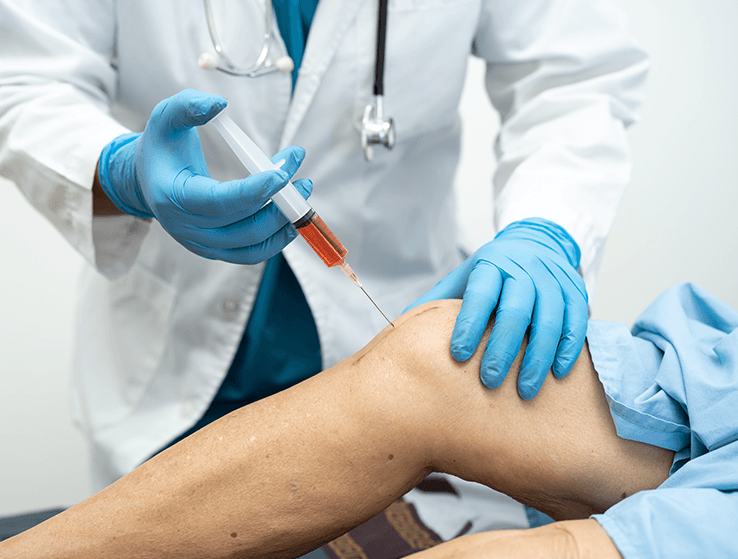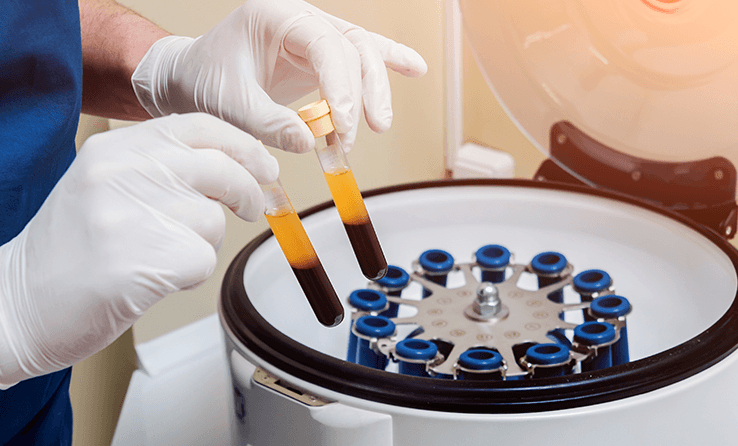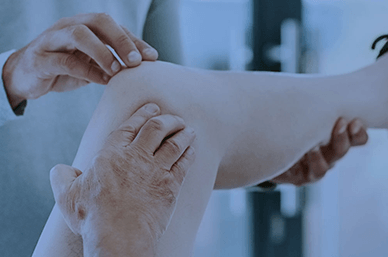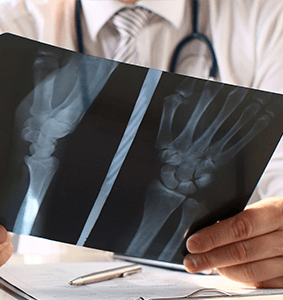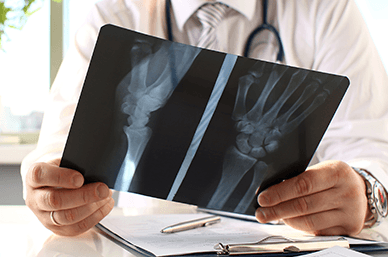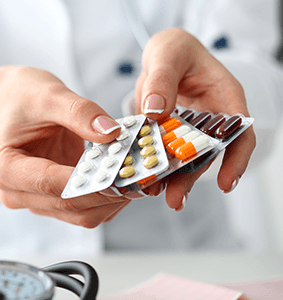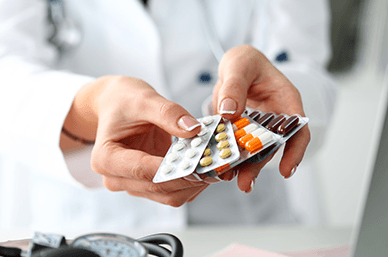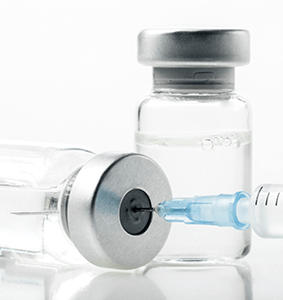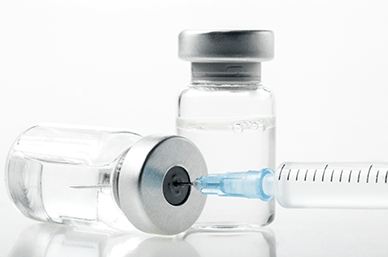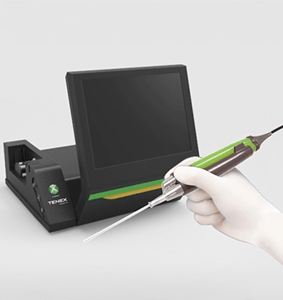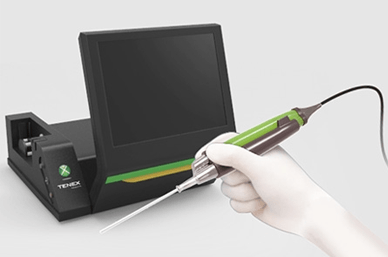What is Platelet-Rich Plasma (PRP)?
Platelet-Rich Plasma (PRP) is a regenerative therapy used in sports medicine and orthopedics to promote tissue healing and reduce pain in musculoskeletal injuries. It involves injecting a concentrated solution of a patient’s own platelets into an injured area to stimulate tissue repair.
How PRP Works
PRP comes from the patient’s own blood, which is spun in a centrifuge to separate and concentrate the platelets and growth factors. The platelet-rich portion is then injected into the injured area, where it enhances the body’s natural healing process. Growth factors in PRP help reduce pain, reduce inflammation and promote cell repair.



